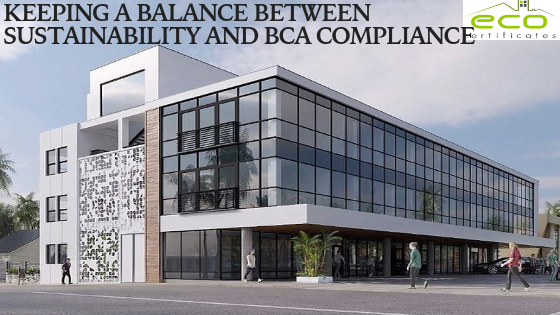Climate Active Carbon Neutral Certification And NABERS Energy Rating: What’s the Connection?

NABERS energy rating is an excellent way to evaluate and manage the energy consumption required for powering a commercial building. But carbon-neutral certification goes a step further in ensuring the sustainability of future commercial developments. Carbon neutral assessments recognise other sources of greenhouse gas emissions from commercial structure operations such as energy, water, waste and refrigerants. BCA Section J control and regulates the energy efficiency requirements for commercial structures in Australia. Once the total greenhouse gas emissions have been measured, you can manage the energy consumption and offset by integrating measures such as solar panel installation. Consequently, your commercial building has no negative impact on the climate. Managing these additional environmental impacts is vital to address the rapidly worsening climate crisis. NABERS Energy rating offers an avenue to attain Climate Active Carbon Neutral certification. This...
.png)






